“Mistakes are always forgivable, if one has the courage to admit them.” –Bruce Lee
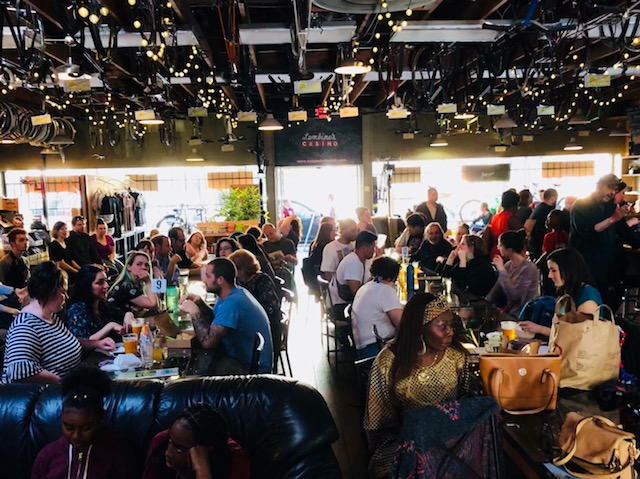
We arrived at Velo Cult, by far our favorite bike shop pub, for our penultimate public presentation in this venerable community institution. More outreach is on the way, but sadly Velo has closed after the City of Portland helped force a valuable gathering space to head online…
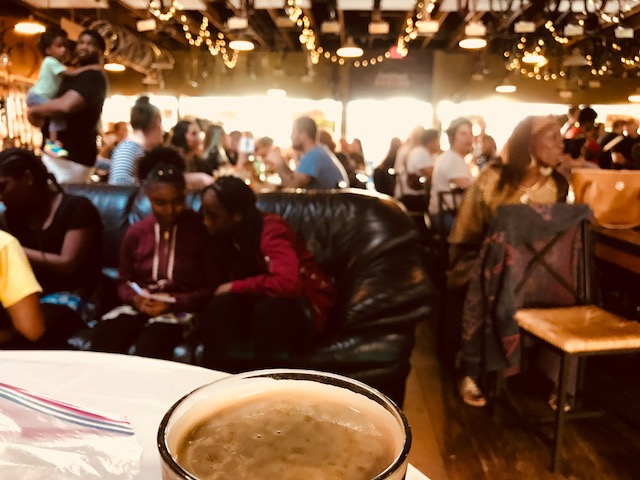
LEARN MORE: Velo Cult will close retail shop to focus solely on e-commerce
Velo was required to offer food with its legendary bikes and brews in a space this large, and for six years they happily provided delivery from neighborhood restaurants. Yet suddenly, this wasn’t sufficient – and the City demanded expensive retrofits – even suggesting that Velo divide up their welcoming space with a wall..!
But what if the City admitted a mistake (after all, there was always food available, as required)? Might it learn from its error, adjust its procedures, and help future innovative local businesses to survive and thrive?
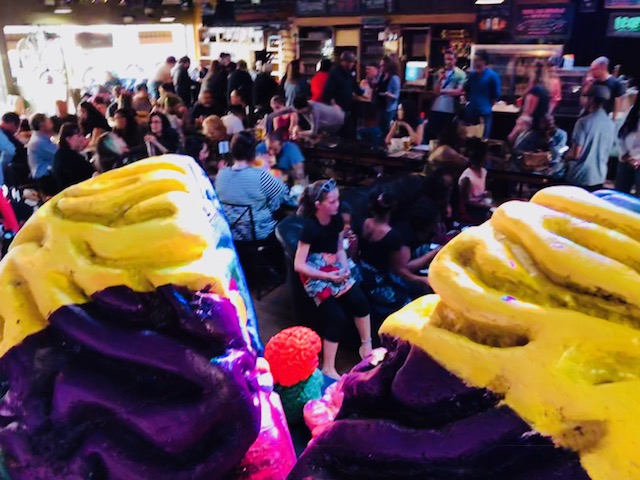
“Nothing kills creativity faster than a wall.” –Eric Weiner
Mistakes are essential for developing brains. Everybody makes them. Mistakes are key to our advancement, to predicting consequences, to changing our neural network connections that let us remember, consider, get better and more effectively respond. If we hide our mistakes, neglect to admit them, double down on our errors – we stagnate, and stew – and we fail to offer helpful stories and examples for others…
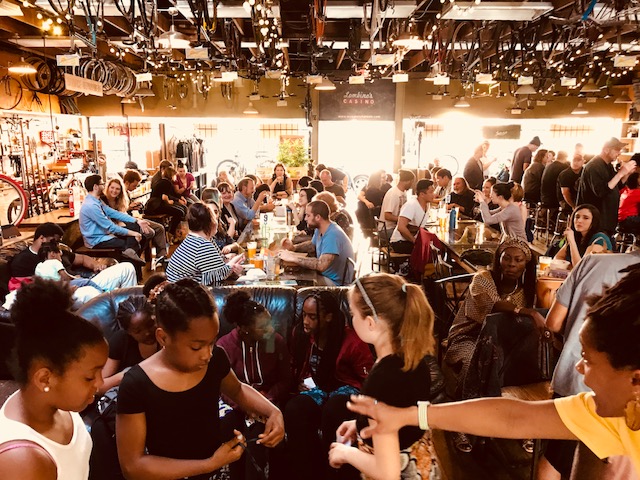
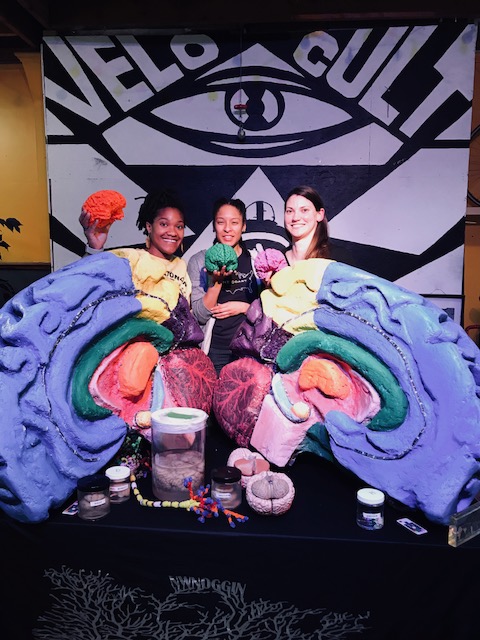
“You have to have a cultural ethic that allows for making mistakes. It cannot be that just because you make mistakes, you’re out. You have to make mistakes in order to innovate.” –Michio Kaku
And in May, before any closure announcements, we packed a “wall-free” Velo space with a compelling presentation by Rebecca Hood, a graduate student in Behavioral Neuroscience at OHSU – and Krystal Ngene, Danielle Ali-Cassim, Mama Rolia Manyongai-Jones and several accomplished young dancers from the Kúkátónón Children’s African Dance Troupe!

“To really learn African dance, African drumming styles, which are so diverse, you need a lifetime…” noted Krystal, the Executive Director of Kúkátónón.

A lifetime of trial, error, practice, risk, movement, stories – and mistakes!
“How many of you know about Kendrick Lamar, Michael Jackson, Obo Addy..?,” Krystal asked the crowd. Several hands went up…

“How many of you know that Africa is a continent, and not a country? And how many countries make up the continent of Africa?”

“Don’t you know your imperfections is a blessing?” – Kendrick Lamar
For this question, many in the audience seemed unsure, and hesitant – perhaps concerned about making a mistake. “Come on,” encouraged Krystal. “I don’t care if you’re wrong. This is how we learn!” “Thirty!” yelled someone. “Twenty five..?” suggested another.
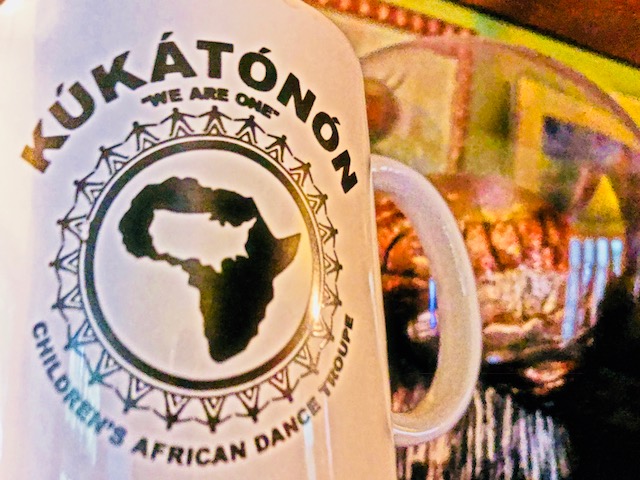
“There are 55 countries recognized by either the United Nations or the African Union, and Africa is the second most populous continent on Earth,” she replied.
LEARN MORE: How many countries in Africa? How hard can the question be?

“Dancing takes practice, and mistakes,” she continued. “Living, breathing dance, it’s an activity that tells a story, tells a meaning. There are many styles of dancing, and all of them are connected to Africa. But the essence of real African dance is expressing your own life story through movement.“
LEARN MORE: African American Dance, a brief history
LEARN MORE: THE AFRICAN ROOTS OF SALSA MUSIC AND DANCE
LEARN MORE: It’s in the Backbone: Dance from Africa through the Diaspora
LEARN MORE: So, You Think It’s African Dance?
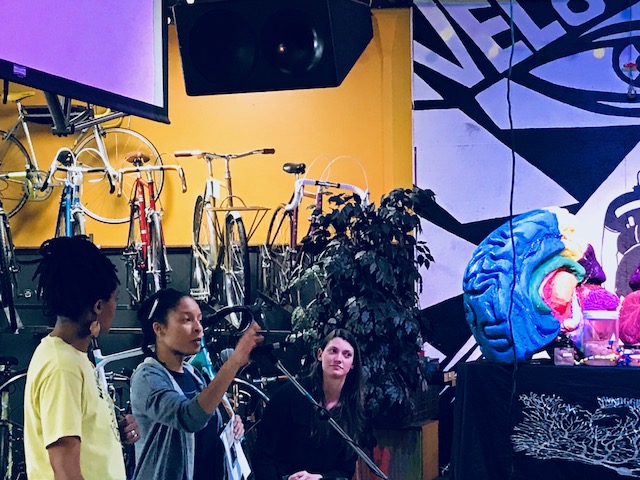
“It takes a lot of work to practice, and to make something look seamless,” added Danielle, the Operations Manager for Kúkátónón. “In all that practice, you’re going to make a mistake. Mistakes are important in African dance.”

“We really need to shift perspective. Failure isn’t ‘failure’ – it’s a learning success!”
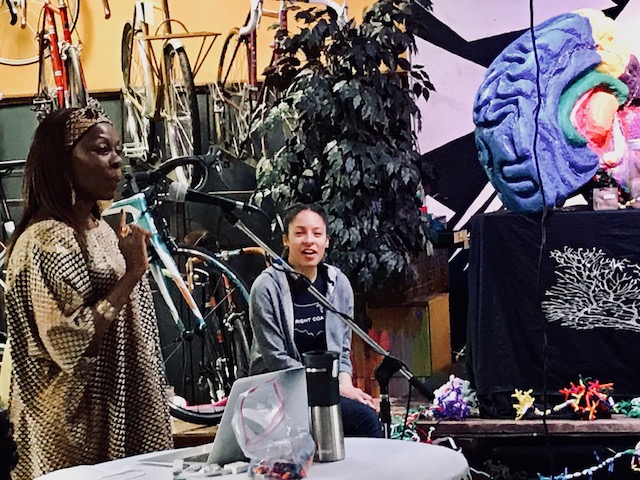
Mama Rolia Manyongai-Jones added that, through practice and community at Kúkátónón, “we work harder until students feel confident so they are able to admit to their mistakes…”


Rebecca then introduced herself as “a neuroscience graduate student with a long history of failed experiments!” She is in excellent company. Scientists make mistakes; sometimes many. They prepare the wrong buffer, neglect to account for a critical variable, or perhaps mis-read coordinates from Bregma for surgical procedures in the lab…
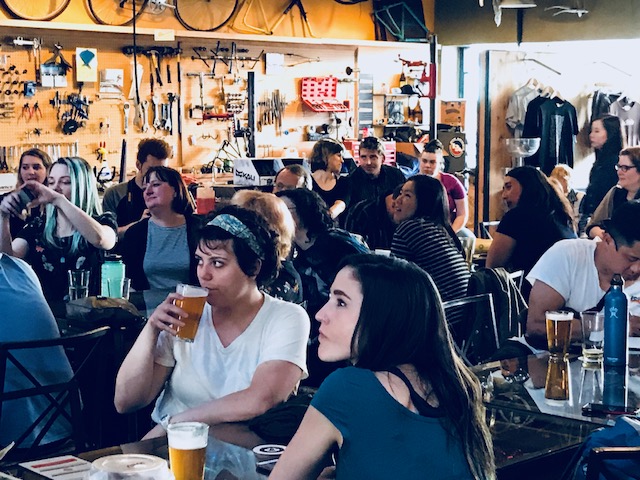
To learn more about ongoing errors in science, check out Retraction Watch – where you’ll find corrections to research papers previously published in scientific journals (and some papers now pulled from publication)…
LEARN MORE: Retraction Watch
LEARN MORE: Setting the record straight
LEARN MORE: Learning from evidence based mistakes
LEARN MORE: Scientific Reproducibility, Human Error, and Public Policy
But mistakes are instructive. Mistakes help you anticipate and avoid future errors, and may point you in new, more productive directions. There are famous examples of discoveries that began with mistakes – mistakes that led to significant advancements we still rely on today…
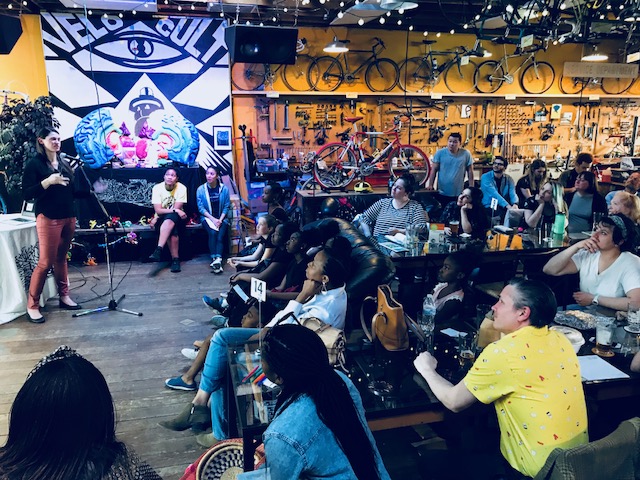
Penicillin, for example, was discovered by accident, after Dr. Alexander Fleming returned from vacation to St. Mary’s Hospital in Scotland to find petri dishes with deadly Staphylococcus aureus bacteria partially contaminated by mold. The mold seemed to be killing Staph bacteria, and this observation ultimately led to life-saving antibiotics.
LEARN MORE: The real story behind penicillin

Rebecca admitted mistakes in her own research on Parkinson’s disease. Parkinson’s is a common, progressive disorder of the central nervous system that initially affects movement, and it has direct impact on brain areas involved in learning from mistakes.
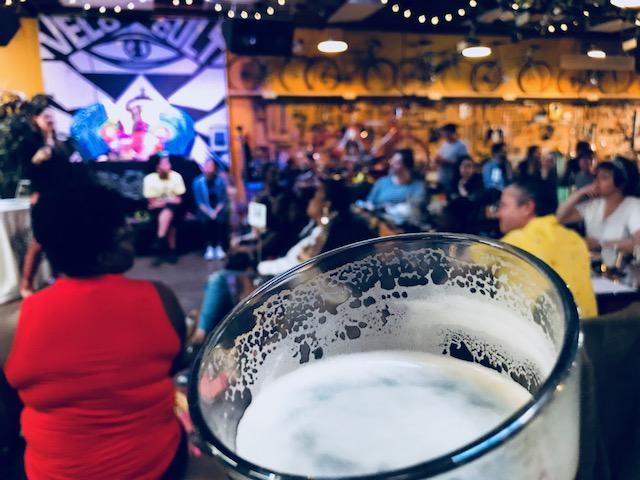
“Parkinson’s disease is a dementing illness with a motor prodrome” – Joe Quinn from OHSU presenting on Parkinson’s at the Society for Neuroscience Oregon/SW Washington Chapter meeting (2018)
LEARN MORE: Parkinson Disease and Dementia
LEARN MORE: Mental health @ McMenamin’s
LEARN MORE: NINDS Parkinson’s Disease Information Page
Critical synaptic changes occur during the practice and development of implicit skills, partly in a set of subcortical (“below” the cortex) structures collectively known as the basal ganglia…
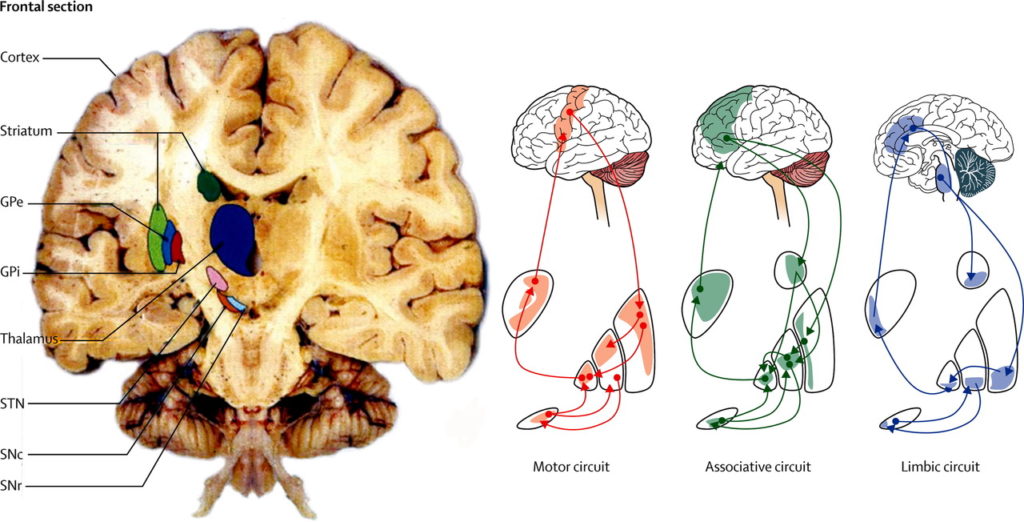
LEARN MORE: The role of the basal ganglia in learning and memory
Different forms of learning and memory are supported by different (though interacting) networks of brain regions, and the deep nuclei of the basal ganglia alter their structural and functional connections to encode our habits and “procedural” memories, including the fluid, well-timed movements associated with playing a sport or an instrument, or dancing!

The basal ganglia underlie our involuntary movements, our motivated responses to stimuli, and also that sense of “using the force” when we stop consciously micro-managing our behavioral responses after practice, practice and more practice – and just feel it and do it!
LEARN MORE: Brain Systems Underlying Declarative and Procedural Memories

There are several circuits in the basal ganglia, which link discrete cortical areas through subcortical “accelerator” pathways and also “brakes,” making these networks essential for the timing and speed of our movements, and also the timing and speed of our thoughts. They even impact our perception of how quickly time is passing by..!
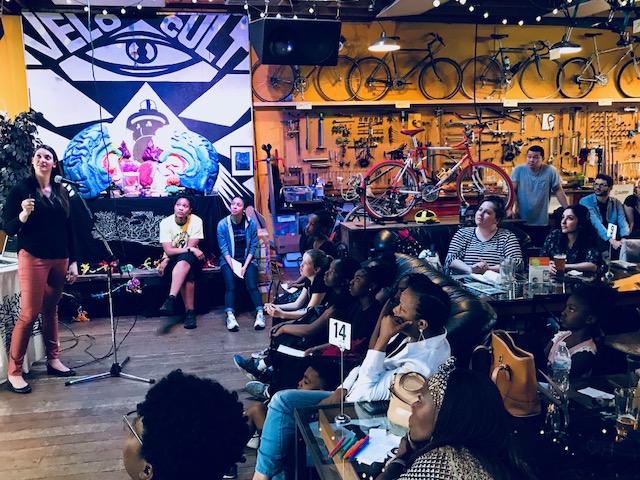
LEARN MORE: Time Perception Mechanisms at Central Nervous System
LEARN MORE: Neurochemical changes in basal ganglia affect time perception in parkinsonians
Many significant brain disorders, including Parkinson’s, Huntington’s, obsessive compulsive disorder, stuttering and Tourette’s, involve disruption of these basal ganglia circuits, and thus disruption of the speed and timing of movements, thoughts and perceptions…
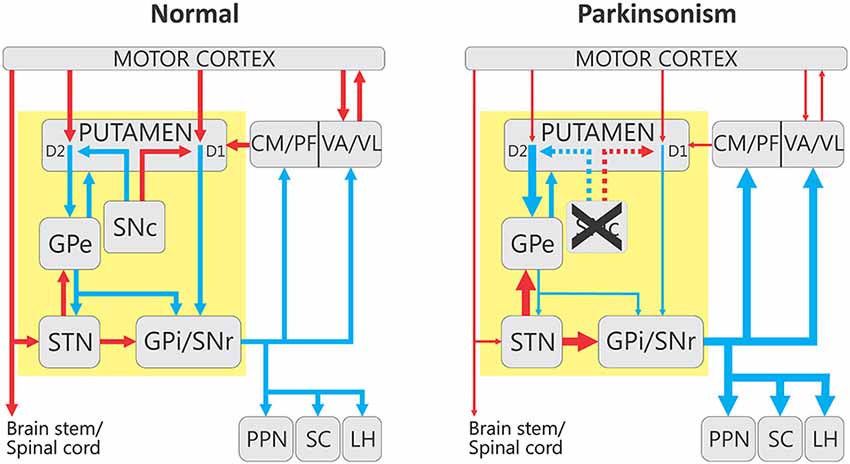
Image from: Functional Anatomy of the Basal Ganglia-Thalamocortical Circuits. Yellow indicates subcortical nuclei that make up the basal ganglia. Not all the connections are shown, but red arrows are excitatory; blue inhibitory. In Parkinson’s, dopamine releasing neurons in a brainstem area called the substantia nigra (SNc) die, causing less acceleration in response to motivating stimuli, and more “braking…”
LEARN MORE: Functional Anatomy of the Basal Ganglia-Thalamocortical Circuits
LEARN MORE: The expanding universe of disorders of the basal ganglia
LEARN MORE: Basal ganglia @ Beaumont!
For her dissertation, titled “The role of cortical disinhibition in a progressive mouse model of Parkinson’s disease,” Rebecca wanted the ability to manipulate the activity of certain brain areas in order to learn more about basal ganglia circuits involved in this disorder. This is done partly through the delivery of new genes by viral infection of the brain.

LEARN MORE: Adeno-associated virus (AAV) vectors in the CNS
LEARN MORE: Gene Therapy Using Adeno-Associated Virus Vectors
However, this virus is not meant to replicate indefinitely, or provoke extensive damage when delivered. Yet after a year of unexpected experimental results, Rebecca realized that this virus was doing much more damage than expected, or reported by researchers in other labs.
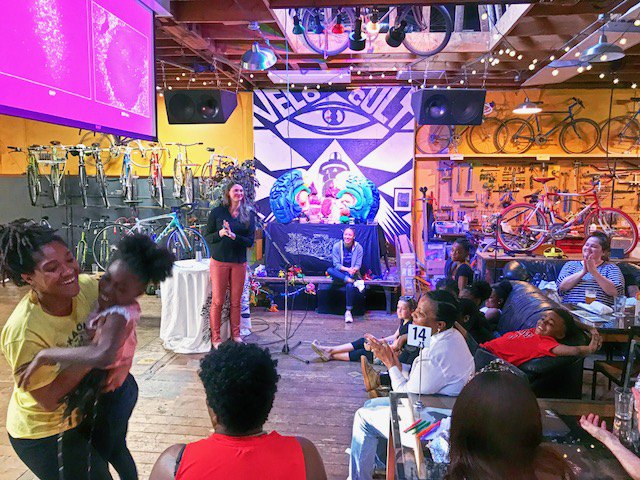
When she dug deeper, she learned that other researchers had also encountered this viral toxicity, and had developed better procedures – yet hadn’t reported these errors in any published work!

LEARN MORE: Adeno-associated Vector Toxicity—To Be or Not to Be?
Burying our mistakes, failures, and experimental mishaps skews the evidence available to other researchers, and can lead to further errors in judgment, execution, and the significance of study findings.
For example, if 19 anonymous attempts find no effect, but the one study that does gets published – how significant is what’s reported anyway?

LEARN MORE: The file drawer effect: A call for meticulous methodology and tolerance for non-significant results
LEARN MORE: Over half of psychology studies fail reproducibility test
“How can we expect to learn from our mistakes, and not repeat them, if we don’t admit what we’ve done and let others benefit from what we’ve experienced?” asked Rebecca.
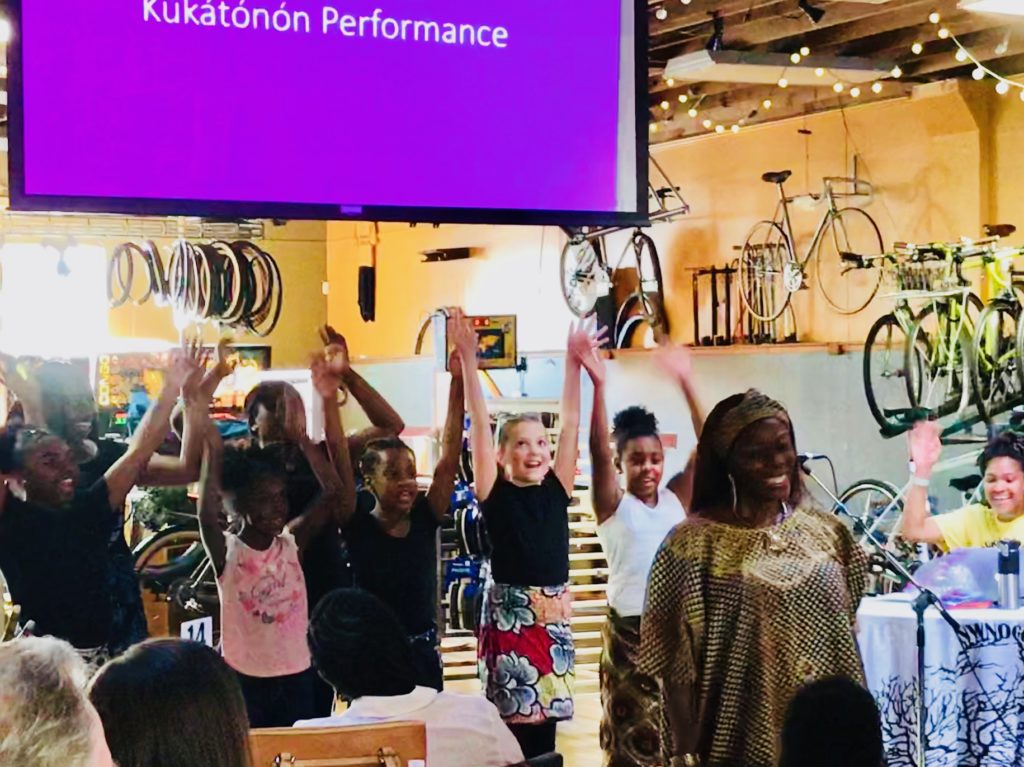
Mama then introduced the enthusiastic young dancers of Kúkátónón, and began with some energetic audience call and response!
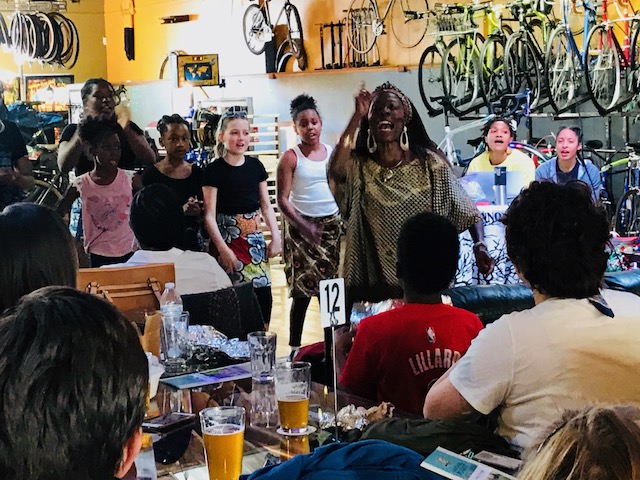
And then dancing!
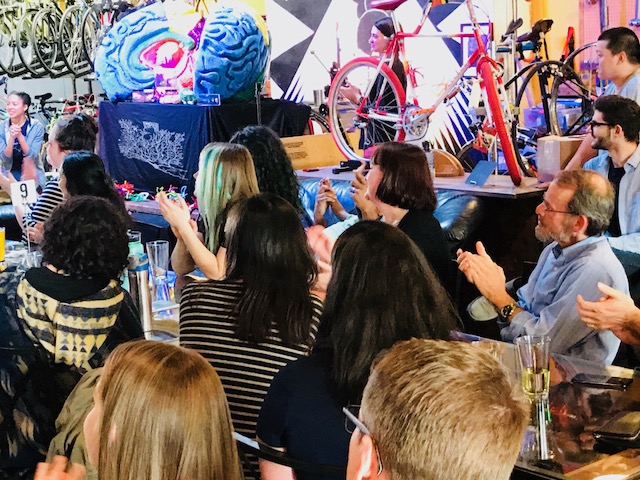
(For some, this was new to our basal ganglia circuits!)
Krystal then asked her young dancers how they handled their own inevitable mistakes when learning to dance with Kúkátónón. “How does it feel to make a mistake?”
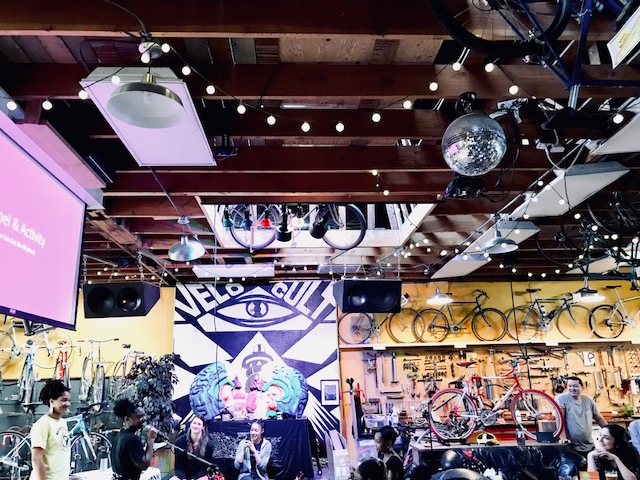
“It feels frustrating and embarrassing and you might do it in front of everybody and do it wrong.”

“Usually if I make a mistake I try to pretend it didn’t happen. But then I ask someone for help, like my choreographer.”

“I tell myself I can do it better next time.”
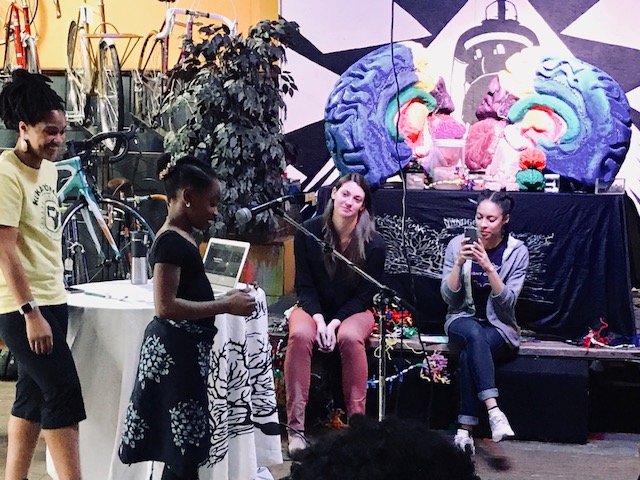

“What are some things that help you when you make a mistake?”

“I just keep going – push through it.” “Take a deep breath, get in the zone, and let it go.” “Keep practicing.” “Appreciate it – because you know what to keep working on.”
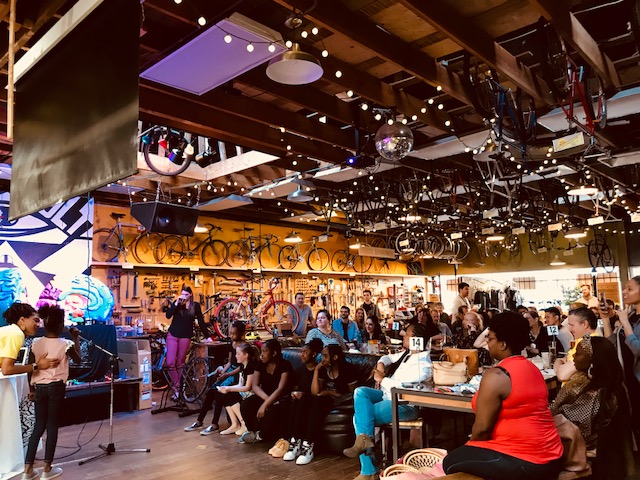
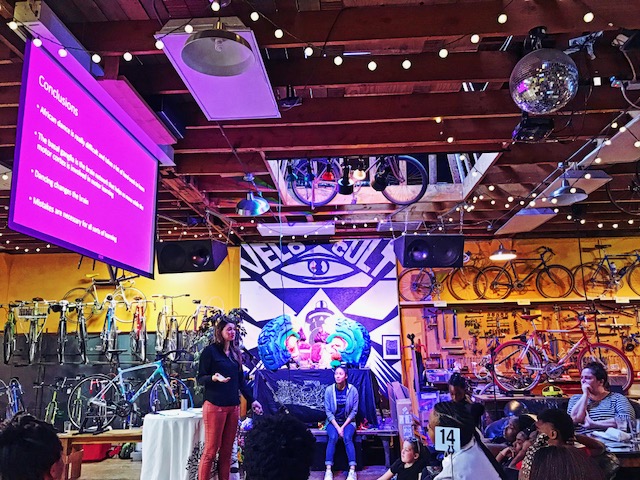
“Dancing changes your brain,” concluded Rebecca, adding that “mistakes are necessary for all sorts of learning,” in both neuroscience and the arts!


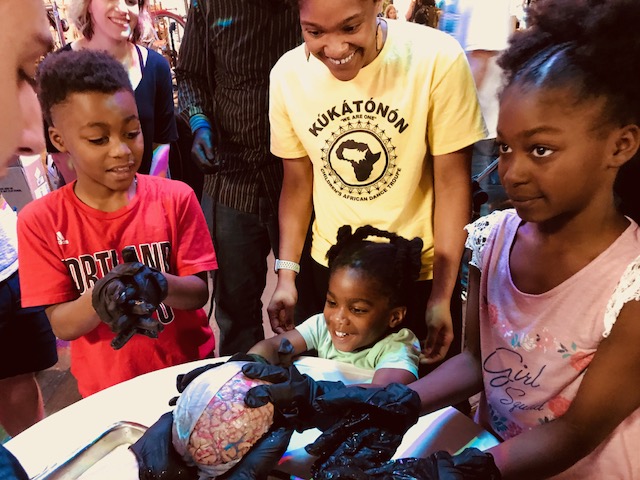
Many, many thanks to Krystal, Danielle, Mama and the extraordinary dancers of Kúkátónón, to Rebecca Hood of OHSU, and to Sky and Melodee of Velo Cult, a welcoming Noggin home we’ll always remember…
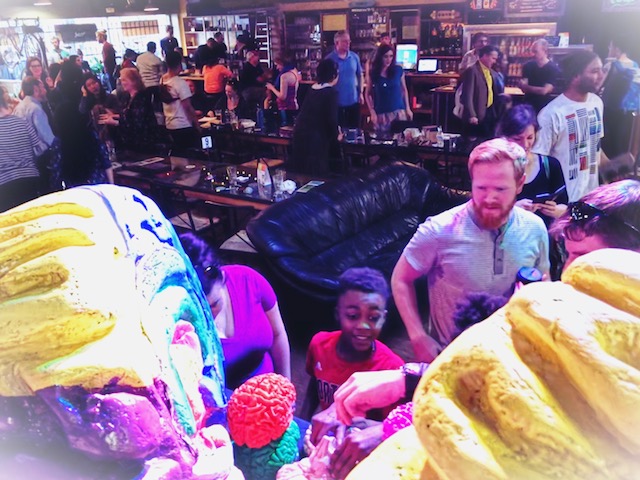
If you’d like to comment to the City on the subject of mistakes, see links below…
Chloe Eudaly, Commissioner, City of Portland
(Responsible for the Bureau of Development Services through August 2018)
chloe@portlandoregon.gov; 503-823-4682
Ted Wheeler, Mayor, City of Portland
(Responsible for the Bureau of Development Services after August 2018)
503-823-4120
Bureau of Development Services, City of Portland
bds@portlandoregon.gov; 503-823-7300



 . After 12 years of retail I’m hanging up my hat and I hope you continue the brand with myself and Anthony as we continue thinking outside of the box. Velocult.com. Thanks to all our supporters. I will now have more time to ride, woohoo.
. After 12 years of retail I’m hanging up my hat and I hope you continue the brand with myself and Anthony as we continue thinking outside of the box. Velocult.com. Thanks to all our supporters. I will now have more time to ride, woohoo.